Guidebook2023-2024
A Guide to Silent Direct Activism for Cultural Heritage Buildings

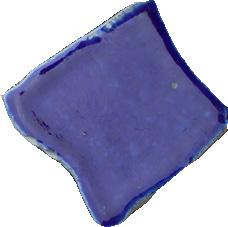


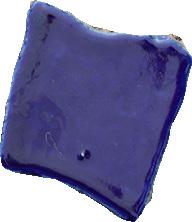
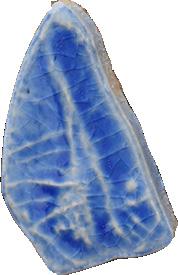

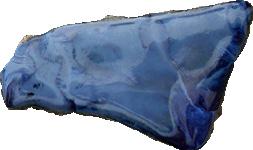
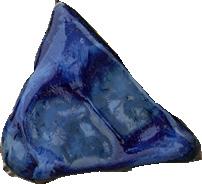
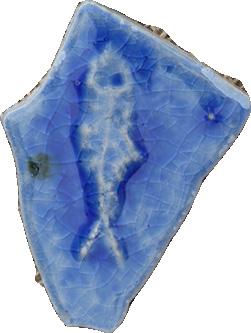
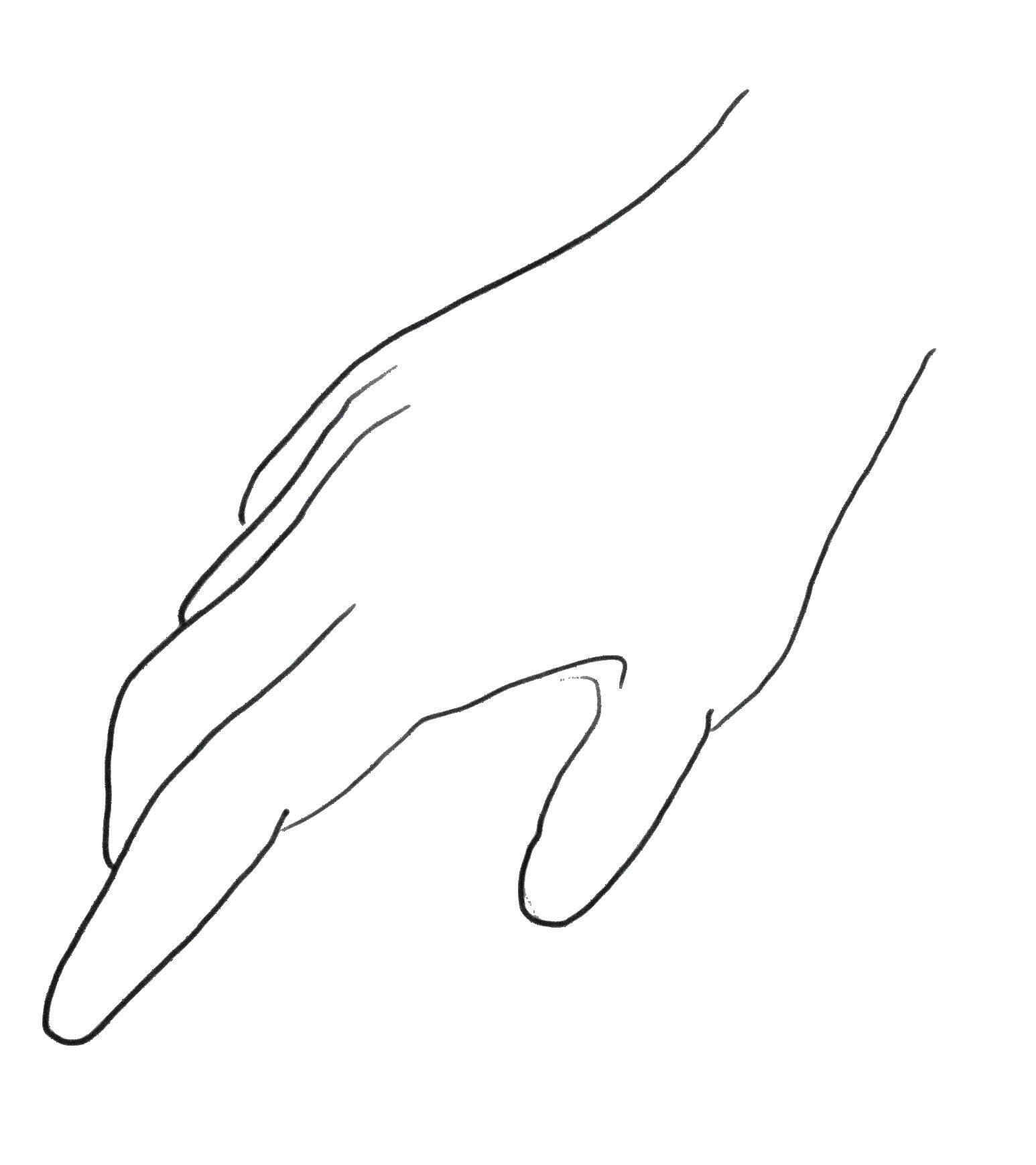

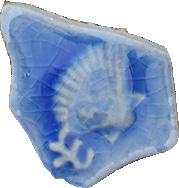

PROTECT IT, SHOW IT OR LOSE IT















PROTECT IT, SHOW IT OR LOSE IT
This guide aims to present a practical framework for the preservation of architectural cultural heritage, developed through research and practice under the *Protect It, Show It or Lose It* initiative. It explains how to engage communities more actively in heritage preservation, ensuring better protection for these valuable landmarks.
The guide will outline specific methods across two key areas: organizing offline events and building architectural networks. It will also provide relevant examples for reference.

This is a basic guide for hosting offline events aimed at promoting and raising awareness about the preservation of buildings of historical and architectural significance.

Direct action1, in this context, refers to “silent” activism 2 While this form of activism may not be the most visually striking, it is both powerful and sustainable. The aim is to encourage individuals and the community to actively engage in the protection of architectural cultural heritage through event participation, demonstrating a collective commitment to preserving cultural landmarks. These actions may not be "grand feats," but they represent small yet meaningful acts of cohesion and care—an expression of collective effort and determination to safeguard our shared heritage.
The impact of a single event is inherently limited, making it essential to organize events on a continuous basis. Long-term initiatives provide the opportunity for a broader and more diverse group of people to get involved. At the same time, each event should be well-planned, feasible, and have clear objectives. The event’s theme should be specific and focused, rather than overly broad or vague. For example, instead of simply calling for general awareness of cultural heritage, the event focued on encouraging people to learn about the Peckham Library3, and invite them to actively participate in the restoration of the damaged mosaic in the square where it is located4.
1. seeds for change. “What Is Direct Action?,” n.d. https://www.seedsforchange.org.uk/directaction. 2. SINGLETON, EMMA. “Alexandra Kehayoglou: Silent Activism.” DAMN, 2021. https://www.damnmagazine.net/silent-activism-alexandra-kehayoglou.

3 Peckham Library is promoting itself. It introduces its design, history and recent "troubles"

In addition to relevant government departments and social organizations, the responsibility for protecting cultural heritage has gradually extended to civil society. While the government and institutions play a leading role in safeguarding cultural heritage on a larger scale and in accordance with laws and regulations, the participation of society and the public is equally crucial. On one hand, the public holds a shared right to cultural heritage, which is a common wealth for all. On the other hand, people’s emotional connection to the cultural heritage in their surroundings motivates them to take a more active role in its protection. In a context where resources are limited and protection efforts may be delayed, the involvement of the public and society at large becomes a powerful force in ensuring the preservation of cultural heritage.

First and foremost, it is essential to ensure that the public gains a proper understanding of the professional knowledge surrounding heritage protection. By encouraging people to learn about their community and the importance of their participation, we can foster a stronger sense of identity and belonging. This, in turn, cultivates a deeper commitment to protecting the cultural heritage around them.
At the same time, consideration should be given to the "tangible benefits" that participants can gain from involvement. One of the most direct benefits is that the organization and participation in such activities can lead to improvements in the public environment and boost local tourism development. These outcomes can enhance public enthusiasm and a sense of responsibility, encouraging individuals to feel like active stakeholders in their community's heritage.
Another crucial aspect to address is the accessibility and rationale behind public participation. Many people are intimidated by cultural heritage, often perceiving it as complex and rigid. Therefore, simplifying the rationale for participation is key to overcoming these barriers and encouraging broader involvement.
Some examples of effective participation




Participants jointly renovated the damaged mosaic work
Participants took part in the performance as one of the buildings.
Passersby were attracted by the event and started to communicate and learn more about it.

Buildings may not have voices of their own, but we can find innovative ways to allow them to "speak" for themselves.
In today's world, many brands use personification to create unique brand identities, often referred to as IPs (intellectual properties) or brand characters. These characters embody the qualities and values the brands wish to communicate, giving a human-like persona to inanimate objects. This approach helps brands connect with audiences on a deeper level, broadening their appeal and engagement.
This same concept can be applied to architecture. By incorporating a building's most distinctive features into custom designs and interactive performances, we can create a more personal and dynamic relationship between people and the structures they encounter. Such initiatives not only foster a stronger emotional connection with buildings but also raise awareness about their architectural significance, encouraging people to appreciate and engage with them in meaningful ways.
Example of personification: Peckham Library


The design principle revolves around "wearing the building on the body."
The primary consideration in the design process is functionality, with an emphasis on convenience. Since the anthropomorphic building is intended to move and perform, it is crucial to ensure that mobility is preserved.
Next, the design features of the building should be identified and integrated into the concept. These features can be drawn from both the interior and exterior of the building; they may range from large-scale architectural elements, such as the building's overall shape, to smaller, more intricate details, like a decorative stair handrail. The most iconic or memorable features should be prioritized, as they best represent the building's character.





These features can be translated into wearable elements, such as hats, tops, skirts, or other forms of attire. The expression of these features can be either concrete or abstract. A straightforward approach would be to capture images of the building's features and print them onto the clothing. For a more abstract interpretation, memorable features such as distinctive colors or shapes can be incorporated. Generally, for buildings with historical significance, a concrete expression is recommended, while for more avant-garde designs, an abstract approach may be more suitable.

The building is characterized by its bold use of color and distinctive shape, which is why we have chosen to employ abstract methods in the design of the costumes.


The building is rich in intricate details and has a distinctly retro style, which makes direct reproduction challenging. Therefore, we have chosen to use a concrete approach: transferring these details onto the costumes to faithfully reflect the building's unique characteristics.

This is a guide for preparing activities

The checklist allows you to prepare for the event in a systematic manner, including tasks such as gathering necessary materials and assessing the staffing requirements.

A process diagram is a framework that provides a clear overview of the flow of activities, helping you to understand the sequence and structure of the event.
Chescklist
None of the above options are mutually exclusive; they can be combined based on specific needs.
Event Controller/ Volunteer
Number of participants
Target Groups
1 architectural performer n event controllers/volunteers: 5 participants per 1 event controller/volunteer
Number of participants in the event = (1 architectural performer + n event controllers/volunteers) * 5
It is recommended that the optimal number of participants for each event is 5-10 fixed participants, and mobile participants can be welcomed depending on situation. It is recommended that the number of fixed participants should not exceed 20 people per event. If the venue is small, the number should be reduced. (Except for the lecture type)
Activities should be designed with an educational focus, taking into account the diverse needs and characteristics of different participant groups. It is essential to organize events that are accessible to various demographics, including:
- Families, young people, elderly individuals, and adults - Locals, tourists, and users of the event site
Each event can select participants based on the specific context and objectives. If the desired number of participants is not reached, consideration may be given to engaging mobile participants, such as passers-by or the friends and family of existing participants.
Duration
Activity Type
Files
Registration method
The activity duration is generally best between 1 and 2 hours, and it is recommended not to exceed 2 hours.
Interactive performances, lectures on cultural heritage or design, workshops, tea parties, treasure hunts (space exploration), regional area city walks (focusing on architecture and culture), and other related activities...
Information Sheet, Consent Form (Please see the “List of Materials” section for detailed writing)
Pre-registration: Online registration (via platforms such as Eventbrite or QR codes, etc.)
Flexible participants: Individuals who wish to participate can join before or during the event.
Pre-event
Venue Confirmation
Event Planning and Preparation of Materials
Event Promotion and Registration Launch
Recruitment of Volunteers and Staff
Invite a professional photographer or designate individuals in advance to document
Meet and Welcome Introduction
Venue & Event Contents
Exploration Time (Optional)
- Welcome
- Explain the precautions
- Introduce the project “Protect It, Show It or Lose It”
Performance:
- Introduce itself (the venue)
- Introduce the event and invite people to join
Distribute the Information Sheet and Consent Form.
Encourage participants to sign the consent form (both minors and their guardians must sign) and collect the signed forms.
Arrive at the event location. Review the Information Sheet
Sign the consent form (Minors and their guardians must sign, others could provide oral consent to participate in the activity).
After the event
- Attend the performance
- Interaction with Architectural Performer
Guide participants to the relevant exhibitions or tour venues.

Write a review of the event and post it on the website and social media (Instagram) Collect feedback
the event.
Teaching Role Assignment

- Guidance on how to operate/ performance - Role Assignment
Participate and Try Summary and Group
Organize participants to try
- Safety and instructional assistance - Material management and distribution
- Material management and distribution - Help operation (if appropriate)
- Taking photos with participants - Thank you for your participation
Prepare to photo 10 minutes in advance Support Support Follow
Assist in issuing activity certificate stickers
Event Participation Stamp(s) Offline Promotional Card Information Sheet Consent Form
Event Participation Stamp(s)



Event Participation Stamp(s)

When participating in an event, we naturally hope to gain something meaningful and have our efforts recognized or rewarded. The Event Participation Stamp(s) serve as a certificate of recognition, acknowledging the actions and involvement of participants, while encouraging them to continue their engagement in the future. Therefore, stamps will be awarded to participants upon completion of each event.
Each stamp features a building image as the base design. A designated area is left blank within the image to accommodate the text, which includes the "building name" followed by its "location" (city, postal code, and country).
This card is issued to each participant and serves the following purposes:
1. It provides an introduction to the "Protect It, Show It or Lose It" initiative.
2. It allows participants to take photos and document their engagement for promotional purposes.
3. It is used to collect the certificate issued upon event participation, with stamp stickers provided for each venue or event attended.



Participants utilized their cards to photograph the stunning interior of the building. Some participants subsequently shared these images on social media platforms to promote the building.

Participantsreceiveastampateveryevent.

The purpose of the Information Sheet is to provide participants with a clear and concise overview of all relevant details concerning the event, including the schedule, event content, overall process, and associated risk warnings. This enables participants to quickly assess whether they are able and willing to take part.
Additionally, the Information Sheet may also serve as a platform to include some promotional content. For instance, it may feature an introduction to the promotional target (such as the venue or building) or details about the "Protect It, Show It or Lose It" project.
You may select and organize the relevant content to create an Information Sheet based on the specific context, including the following sections:
1. Promotion – Introduction to the building, explanation of cultural heritage, project overview, etc.
2. Process and Time – Steps involved in the workshop, event schedule, etc.
3. Risk Warnings – Information on materials used, activity content, operational procedures, potential health effects, etc.
4. Activity Content – Description of the activity, details about participants, etc.
Example on next page
Reminder of Photo Record & Notes on Children’s Participation
Reminder for risk groups
Material for event Ingredient

Information about
Product safety/warning
Process for workshop Steps
Material for each steps

Reminder for risk groups Safety tips
Announcements for every steps
Informed consent forms are utilized to ensure that participants fully understand and voluntarily agree to take part in the project. These forms are particularly important for safeguarding activities involving children and providing necessary reminders, such as obtaining consent for photography. While not every activity may require an informed consent form, it is strongly recommended that each activity be accompanied by one.
The informed consent form should be signed prior to the event and should therefore be clear, concise, and easy to understand. The sections that require completion should use simple methods such as "checkboxes" or "multiplechoice options" to avoid unnecessary complexity. The form should not include excessive sections to be filled out.
For events involving minors, the signature section should accommodate both the participant and their guardian. A designated space should be provided for the guardian's signature, along with a confirmation of their relationship to the participant.
Example on next page
Reading Tips
Signing Prerequisites
Detail of approval (participant's completion)

Tips for filling in

This is an essential guide for establishing a network and archive of historically and architecturally significant buildings.
For a community, the most important element is not only about the individual buildings but the overall planning. The same principle applies to communities. The key lies in how to organically connect landscapes of different functions, creating a cohesive and orderly whole.
When people decide to visit a particular location, they often do not remain in a single spot but engage in a broader exploration of the area. Therefore, it becomes essential to connect buildings and create a community architectural cultural map. Interlinked buildings will mutually reinforce and influence each other, enhancing the cohesion and unity of the entire area.
How to unite the area
The integration should be carried out from two key aspects:
First, by consolidating cultural heritage resources to enhance both the area's tourism appeal and its capacity to serve the public.
Second, by uniting community efforts to actively engage residents in the protection and management of cultural heritage. This process will help them better understand both the strengths and shortcomings of their community, fostering a deeper emotional connection.
In doing so, cultural heritage and the community may form a mutually beneficial partnership.


network
Outstanding cultural heritage should be discovered by a wider audience and serve as a source of inspiration for other architectural heritage in the "exploration phase." This exchange should not be hindered by distance or the lack of transparency in information. Therefore, establishing a global network of connections becomes essential.
Building such a network is not an overnight task; it is an ongoing process. The “Protect It, Show It or Lose It ” project is gradually welcoming buildings into this collective, creating an interconnected network that spans the globe.
Link to the website: https://protectitshowitloseit.cargo.site/



In today's world, information is abundant and often overwhelming, making it difficult to find what is needed amidst the sheer volume of messages. Furthermore, the transparency of information varies, which can hinder the public's ability to gain a comprehensive understanding of the situation.
To enhance the openness and accessibility of relevant information and to ensure that the public can easily obtain, understand, and utilise it, “Protect It, Show It or Lose It” has consolidated key information and established an online resource database. This initiative allows more people to effectively monitor and actively participate in the preservation and maintenance of cultural heritage buildings.
website
Through the *Protect It, Show It or Lose It* website, users can easily navigate to individual websites for each featured building. These dedicated websites have been developed to address the gap in many buildings' lack of comprehensive informational resources.
Each individual site includes key information such as an introduction to the building, visitor tips, service offerings, and the latest news, allowing users to quickly and efficiently access the content they need.
In addition, these websites function as both a network and a resource hub. They consolidate materials related to the building's historical and cultural context, offering a wide range of research and professional documentation. They also archive records and summaries of past practice and research initiatives led by the building itself.

Peckham Library Website: https://peckhamlibrarypeckham.cargo.site/

Bai Yuan Website: https://baiyuan1923.cargo.site/
Link back to home page



Many of the buildings currently lack their own social media presence or even independent websites. In today's society, a growing number of people rely on social media to explore topics of interest and express their views. Therefore, equipping architectural projects with social media platforms is worth considering.
Compared to traditional advertising methods, social media marketing is often more affordable and cost-effective. Social media platforms allow architectural projects to reach a broader audience and enhance their visibility. At the same time, social media enables easy and frequent engagement through daily posts, allowing people to connect with all aspects of the building, thereby fostering and maintaining strong loyalty and trust.
https://www.doola.com/zh-CN/blog/why-is-social-media-
The overall style of the Instagram account can be presented in the form of a diary from the perspective of the architecture itself. The tone should align with the "personality" of the building, using first-person narration. The content should be generally lighthearted and engaging, while also allowing for the occasional promotional post.
Content
Naming
Example
Combination & Transformation
The name of the building + Years of construction
Building: Bai Yuan
Name: baibai.yuan_1923
Profile Picture
Architectural representative sign
Peckham Library

Information
- Interesting Slogan (related to service, building history, or features)
- Website Link
Posts
Announcement Daily (architectural photos, past event reviews, humanities)
Peckham library about service: Not just a library
Bai Yuan about history: I am old but not fuddy-duddy
Poster of event





Director of project, Editor, Programme & texts, Branding, Design: Xiting Huang.
Advisors & Contributor: David Roberts, Henrietta Williams, Merijn Royaards, James O'Leary.
Approver of Interventions: Polly Gould.
Photograph Suppot:
Chunning Yiu, David Roberts, Qinlin Gong, Qing Yao, Wenyu Hu, and Xiting Huang.
Venue Coordinators:
Chunning Yiu, David Roberts, Hui Li, Qinlin Gong, Qing Yao, Wenyu Hu, Jiajie Shu, Xiaohua Huang and Xiting Huang.
Special support: Duncan Hooson, Jiajie Shu, Oli Marshall.
We would also like to thank all volunteers and participating guests.
Design by Xiting Huang
Disclaimer
The information in this booklet is intended as a general guide to the project of Protect It, Show It or Lose It. Although the information provided is believed to be correct at the time of publication, there may be information that needs to be changed to the content or delivery of the project.
Please check our website for the most up-to-date information. https://protectitshowitloseit.cargo.site
https://protectitshowitloseit.cargo.site